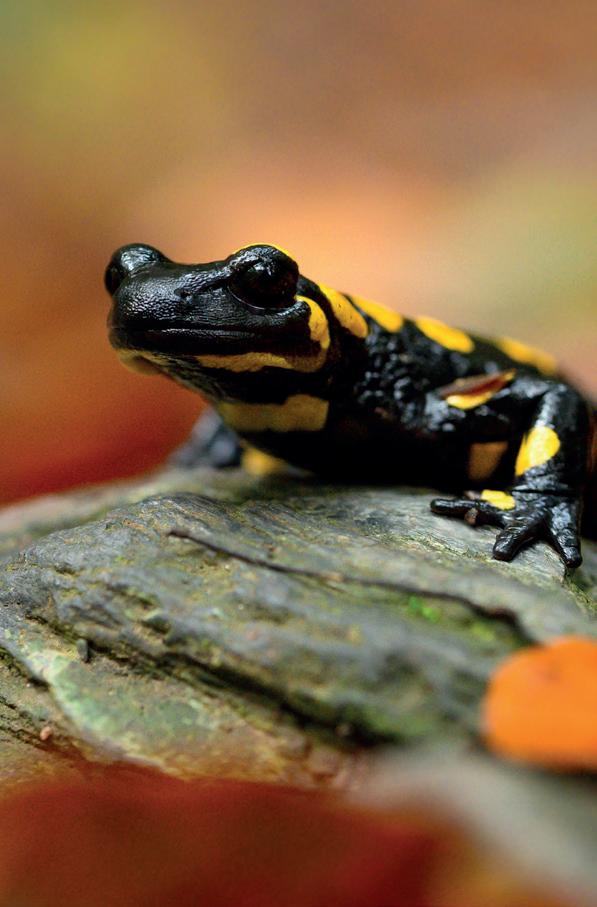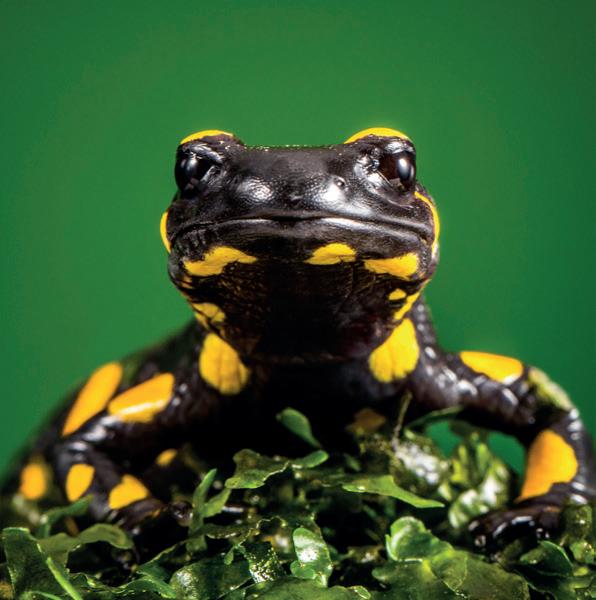
4 minute read
DID YOU KNOW
A Song of Ice and Fire
SALAMANDRA
Advertisement
SALAMANDRA GIGLIOLII
An extremely variable subspecies, gigliolii can be almost entirely yellow, giving it a stunning appearance. Found throughout Italy, the southern populations tend to have the brightest markings and colouration. Southern populations are very often entirely yellow. Locally, they are extremely abundant. In fact, being from an area that experiences long droughts, seasonal rains can bring these salamanders out on mass creating quite the spectacle for the amphibian enthusiast.
Adolescent salamanders are referred to in many ways. Although scientific literature generally refers to them as ‘larvae’, it is commonplace for breeders and educational materials to use the more colloquial term of ‘tadpole’.
Salamanders play a huge role in the maintenance and preservation of the world’s forests. Across Europe and the Americas, it has been proven that by feeding on insects and molluscs, salamanders help preserve leaflitter which slows the release of carbon. Salamanders are some of the most common woodland vertebrate species in North America, meaning despite having cryptic behaviours, they have an immense ecological impact.
SALAMANDRA SALAMANDRA SALAMANDRA
The nominate form of the fire salamander is extremely widespread from East Europe right into Russia. It is a robust animal and exceptionally hardy. With such a wide distribution, it is highly likely that there will be plenty more subspecies to be identified from this animal.
SALAMANDRA SALAMANDRA BESCHKOVI
A large robust salamander recently separated from the nominate subspecies Salamandra. Eastern European/ German subspecies. Medium sized and moderately marked with yellow.
SALAMANDRA SALAMANDRA GALLAICA
The Galician fire salamander is extremely variable in its appearance. Individuals can show colours from a mushroom brown all the way through to bright yellows and crimson reds. This species is found in Portugal and adjacent Spain. They are generally a large species that gives birth to large clutches of tadpoles. It often has markings around the head and glands.
SALAMANDRA
SALAMANDRA CRESPOI
Crespoi is one of the first of the new wave of newly described subspecies, following the work of taxonomists using DNA analysis. This subspecies is from the Algarve in Portugal and centered around the mountain of Monchique and found at high altitudes. This mountain is the highest point in the Algarve, making it a very isolated population. This eventually differentiated the subspecies from gallaica in the early 1990s.
SALAMANDRA
SALAMANDRA BERNARDEZI
Small growing subspecies, occurs in northern spain. Mostly terrestrial young. These animals are very variable in colour from completely melanistic to completely yellow with every combination in between. This species produces fully terrestrial offspring as an adaptation to a particularly hostile environment for depositing tadpoles.
SALAMANDRA
SALAMANDRA ALFREDSHMIDTI
Alfredshmidti was broken off from bernardezi in the 90s, although opinion differs as to whether they are really distinct subspecies. They are found in the mountain ranges of Northern Spain and ‘all-yellow’ forms are extremely common. This subspecies regularly produces fully terrestrial young.
SALAMANDRA
SALAMANDRA ALMANZORIS
This population is centred around the few lakes in central Spain. When it was first described, it was described as an aquatic form. Of course, this is not true, but it does spend much more time in shallow water than other subspecies. Interestingly, these are mostly black with small white markings. Unsurprisingly, this species produces only tadpoles.
Species
Salamandra Corsica
This species is a robust and heavily built salamander. As the name suggests, this species is only found on the French island of Corsica. Its head is wider than it is long and exhibits a range of bright yellow patterns. This was one of the first to be described as its own species following a lengthy DNA analysis process by Sebastian Steinfartz that took many years.
Salamandra Longirostris
This moderately large species is sometimes referred to as the long-snouted salamander and occurs in southern Spain. Here, it lives exclusively in limestone-rich areas where it is entirely terrestrial and often bathes in water. This species has proven to be a real challenge for keepers, not coping very well in captivity. Those that have succeeded have provided UVB and high levels of calcium. Thus, it is theorised (and not yet scientifically proven) that this species has poor ability to absorb calcium, as the waters in its native range already contains exceptionally high levels of calcium.
Salamandra Algira
As the name suggests, this species is found in Northern Africa and has recently been divided into two subspecies S. algira splendens and S. algira tingitana. Both species are found high in the Atlas mountains where the climate is much cooler. Tingitana are dark in colouration, almost entirely black but with bright yellow markings on the head and granular glands. Interestingly, this species also almost always gives birth to fully formed young. Splendens on the other hand, is much longer and slender and has tadpoles.
Salamandra Infraimmaculata
This species is broken into three separate subspecies, all of which are from West Asia, Turkey and Syria. These are some of the largest fire salamanders with the nominate form (S. infraimmaculata infraimmaculata) being the largest of all. In fact, this species grows over 30cm in length and is the most southernly occurring species. It has even been reported that S. infraimmaculata infraimmaculata can birth up to 200 tadpoles per clutch, although 100+ is much more common. At almost 1/3 larger than most fire salamanders and coming from a harsh environment, this maverick survival technique makes complete sense. However, with rising temperatures, the survival rate of this species is dwindling as many of the waterways they deposit tadpoles in will dry up most years, giving them a breeding success rate of just once every 3-5 years.
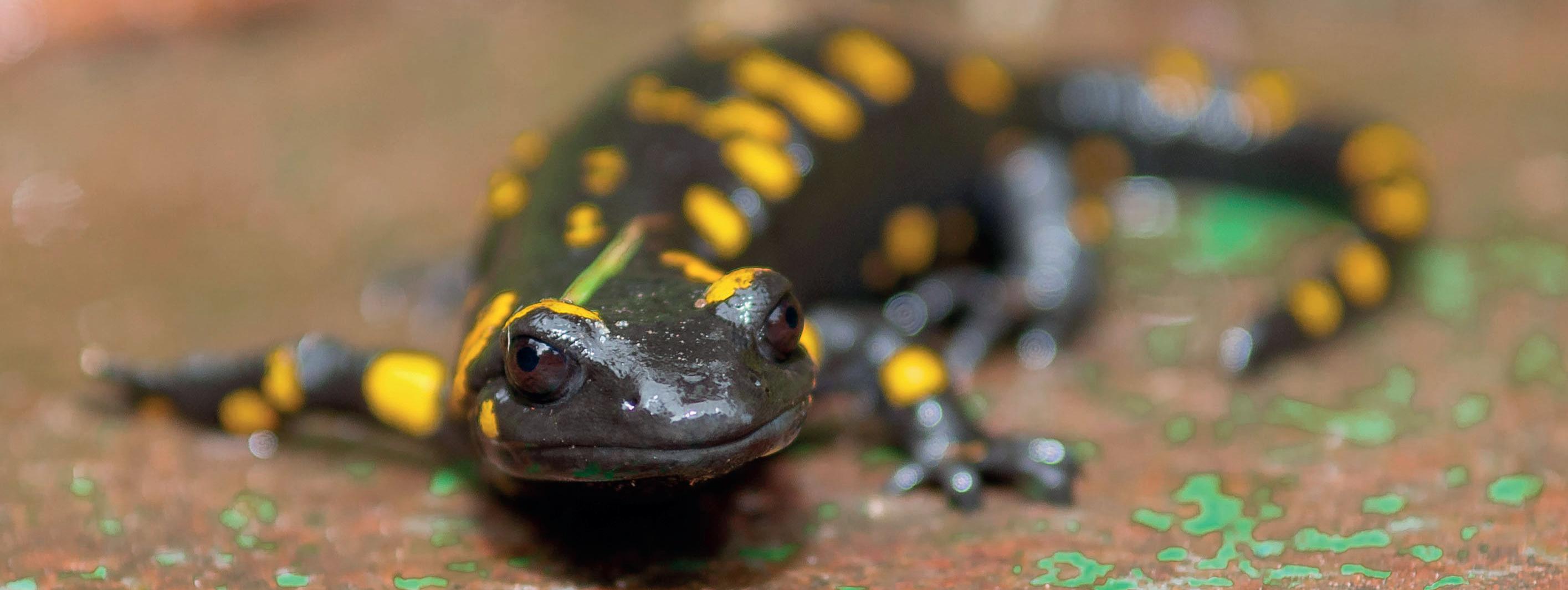
S. infraimmaculata orientalis is another subspecies which has yellow blotches across the entirety of its body. Finally, S. infraimmaculata semenovi has very fine, reticulated yellow markings. This subspecies also has large clutches but its validity as an individual subspecies has been questioned.
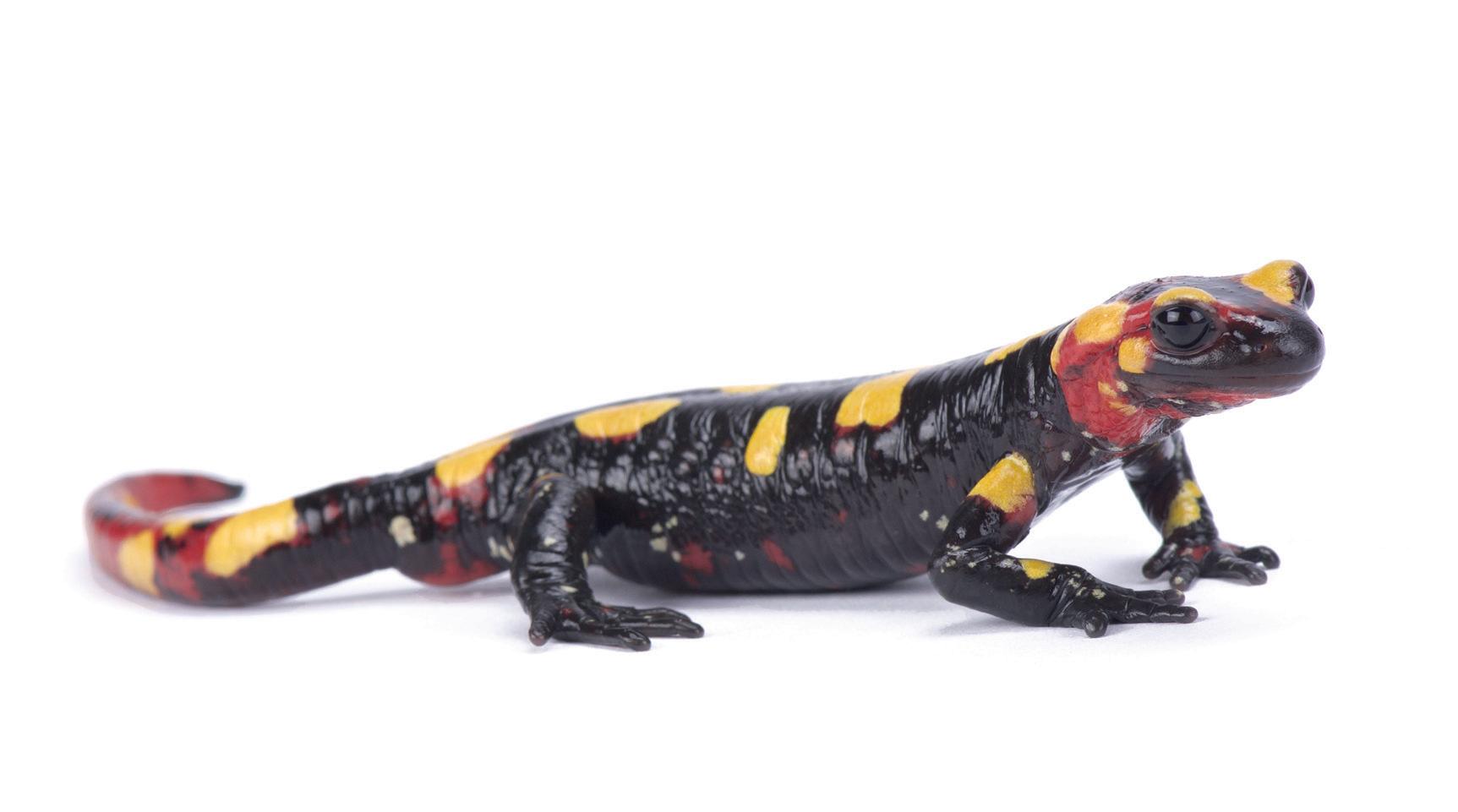
The Psittacus range features over 50 distinct products which are widely regarded as the best on the market.




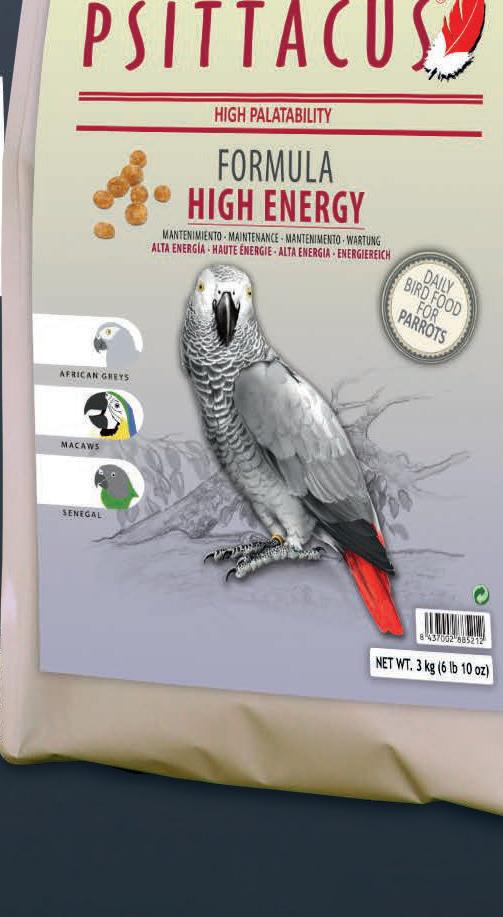

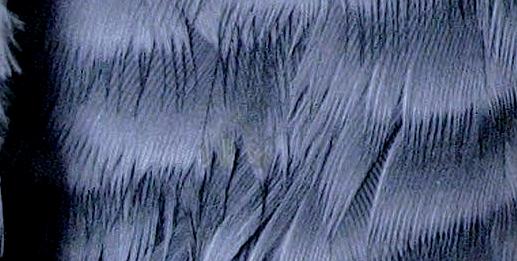
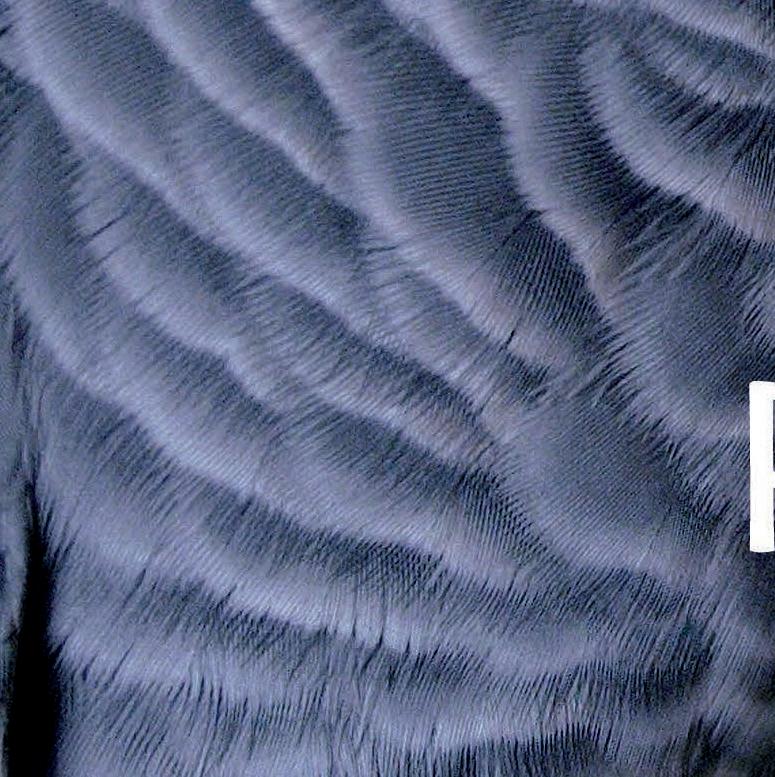
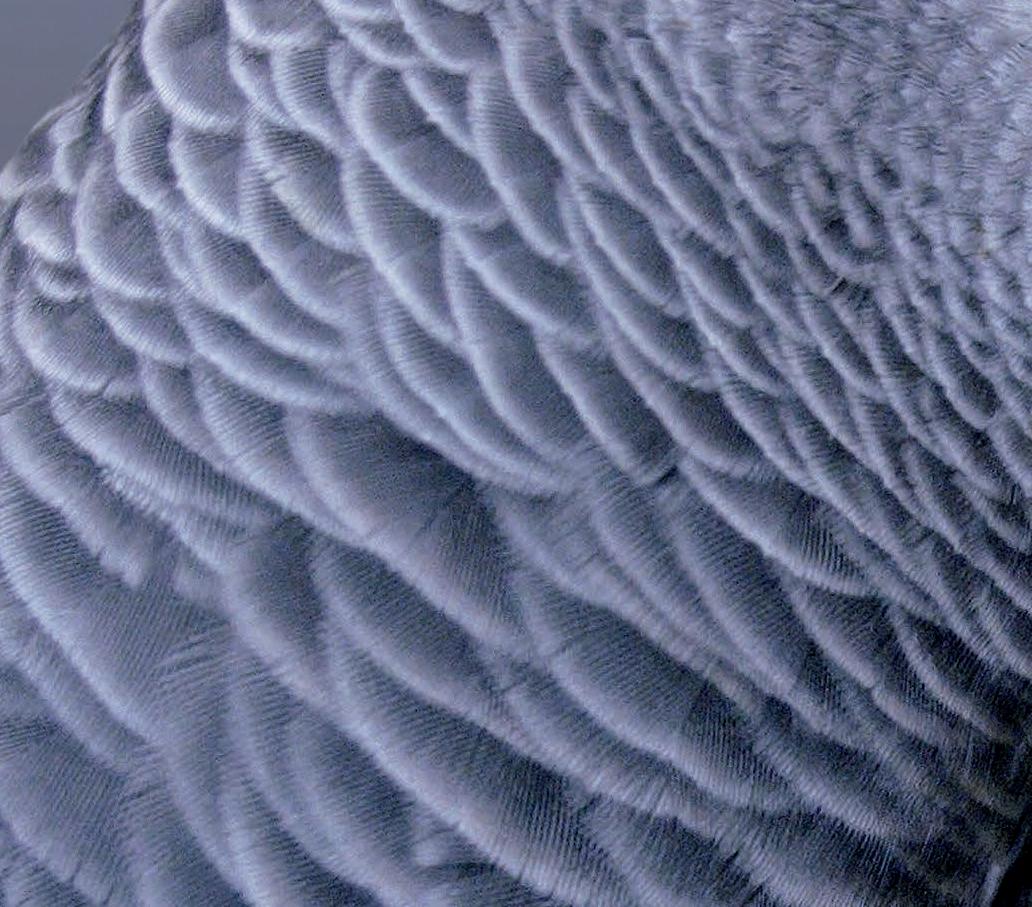
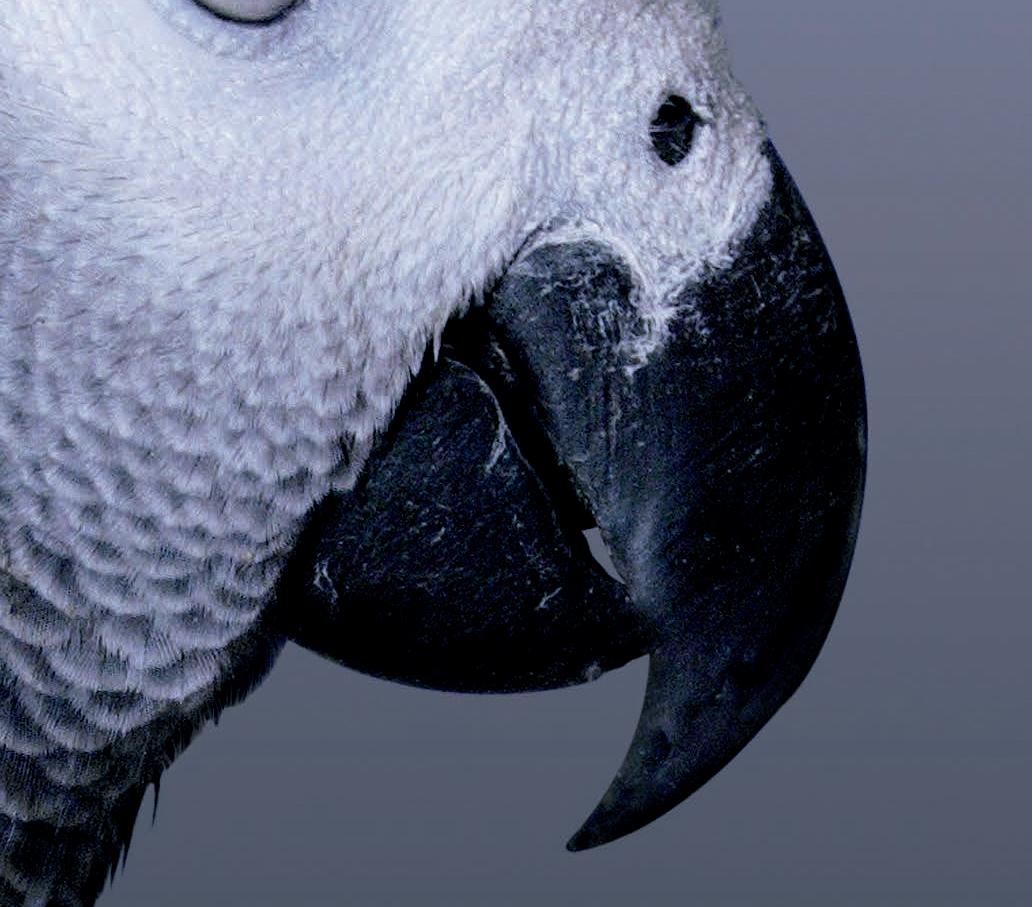
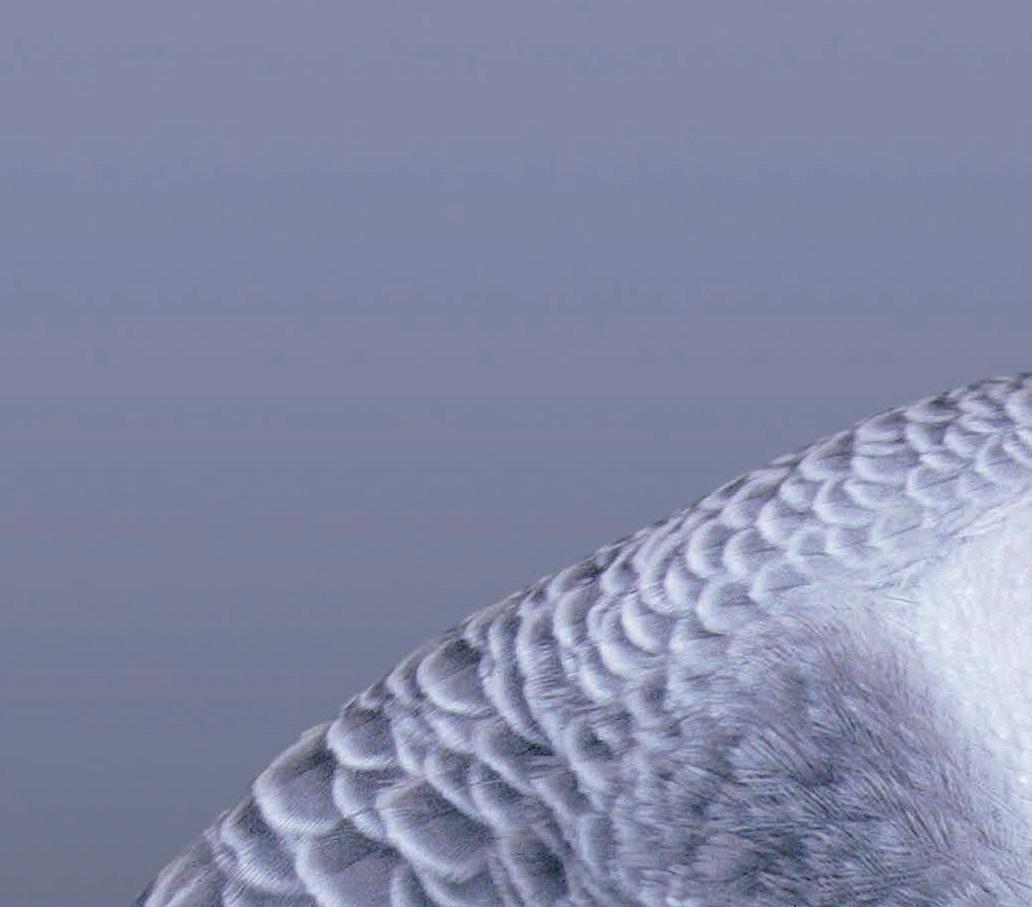
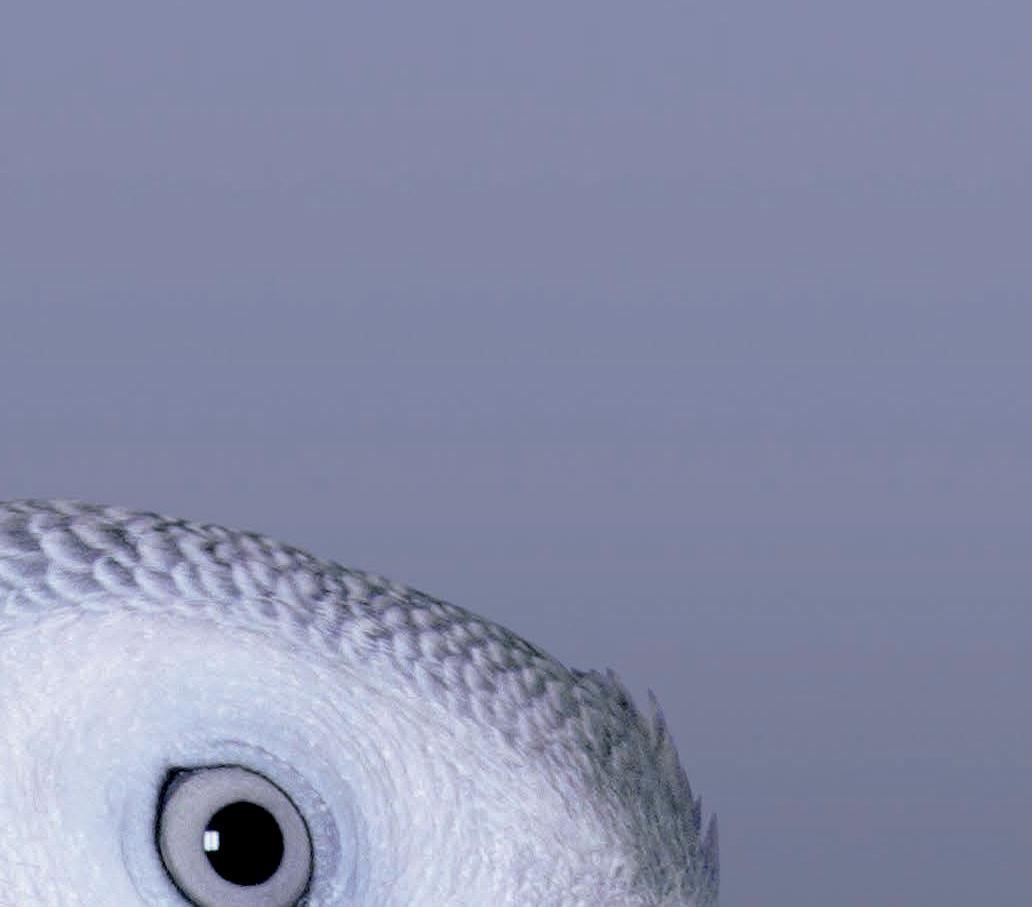
reason. Just like the USA’s tiger salamanders (Ambystoma sp.), they require very little maintenance, have stunning patterns and have developed natural fascinations from enthusiasts all over the continent. In Europe, almost all species and subspecies of fire salamander are available and have been kept for generations, however here in the UK that spectrum is narrowed slightly.
Behaviourally, fire salamanders are quite cryptic, opting to stay hidden throughout most of the day. In the wild many populations remain deep in refuges for many months at a time to avoid heat and dry conditions. As well as having toxic secretions and delicate skin, their choice to remain hidden most the time makes them terrible pets for anyone expecting to keep an animal that they can observe or interact with. Amphibians should generally be kept away from children due to their delicate nature, but this is even more prevalent with salamanders that may resemble a friendly lizard to a curious child.
Nonetheless, their hardy nature and temperate requirements makes them a brilliant animal to keep both indoors or outdoors in the UK. Furthermore, the recent restrictions on importing salamanders make
